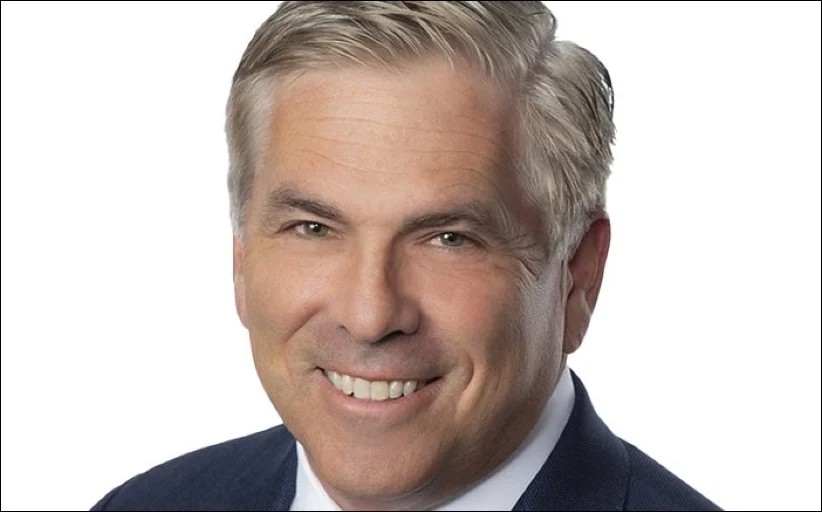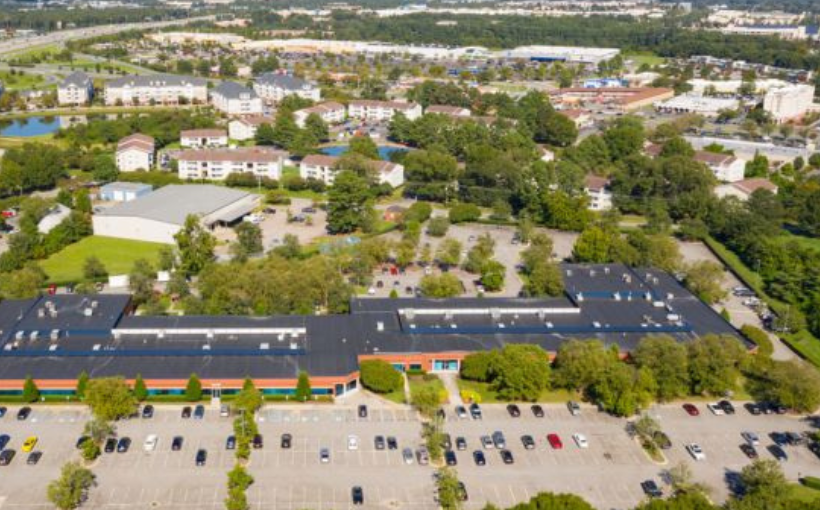The Federal Reserve’s Federal Open Market Committee (FOMC) maintained its current interest rates at the January meeting, in line with expectations. However, hopes for rate reductions in March have been replaced by a growing likelihood that they will occur later in the year.
According to Berkadia’s economic commentary before the FOMC meeting on January 30-31, “the market has spent January recovering from being overly optimistic about potential rate cuts.” The peak optimism for a March cut was seen towards the end of December when 10-year Treasury yields hit recent lows. However, Fed officials have since tempered their dovish stance and cited recent inflation and labor market data as reasons to keep rates higher for longer. This has led to reduced expectations of a March cut.
At Avison Young, U.S. President Harry Klaff also predicts that rate reductions will not happen until Q2 and expects new opportunities in commercial real estate as a result. He believes opportunistic buyers will spend time researching markets and prices before making moves on prime assets in retail, multifamily and industrial sectors.
BGO chief economist Ryan Severino offers insight into global monetary policy trends stating that different inflation patterns may lead central banks to make divergent decisions regarding interest rates this year. In particular he notes that while slowing economies may prompt some central banks to start cutting policy rates soon, relatively strong economic growth coupled with low unemployment levels could delay such actions by major central banks like the Fed until later this year or even beyond.
Photo: Harry Klaff.
Commercial real estate experts are predicting “higher for longer” interest rates lasting well into this year as evidenced by recent statements from key players such as Berkadia’s pre-FOMC commentary which noted how investors were still recovering from misplaced optimism over potential cuts during December’s pivot party hosted by The Federal Reserve’s Federal Open Market Committee (FOMC). Despite initial hopes of seeing federal funds rate decreases starting around March, the market is now anticipating a later start to these reductions.
Avison Young’s U.S. President Harry Klaff echoes this sentiment by pushing back the timing of rate cuts and predicting new opportunities in commercial real estate as a result. He believes that with significant capital on standby, opportunistic buyers will spend time researching markets and prices before making moves on prime assets in retail, multifamily and industrial sectors.
BGO chief economist Ryan Severino also offers insight into global monetary policy trends stating that different inflation patterns may lead central banks to make divergent decisions regarding interest rates this year. In particular he notes how relatively strong economic growth coupled with low unemployment levels could delay such actions by major central banks like The Federal Reserve’s Federal Open Market Committee (FOMC) until later this year or even beyond due to inconsistent downward movements for inflation despite growth slowing down overall.




